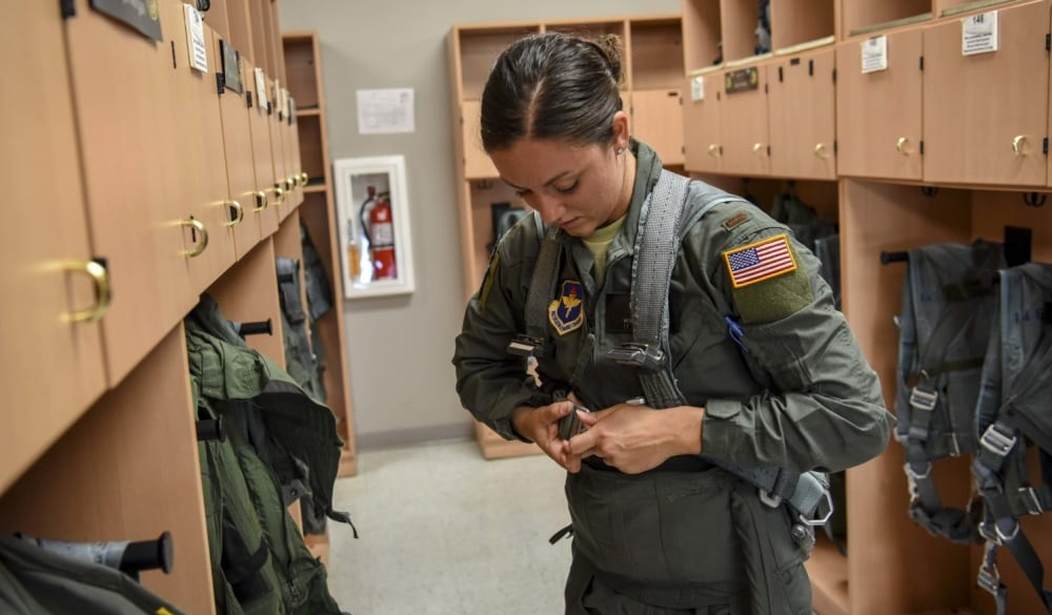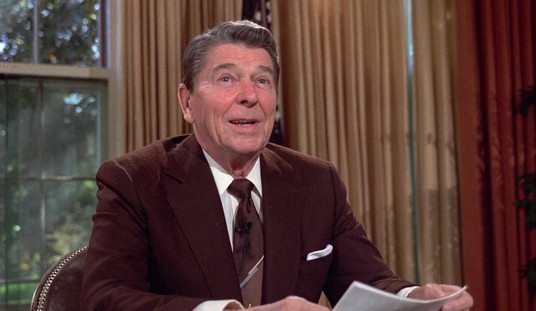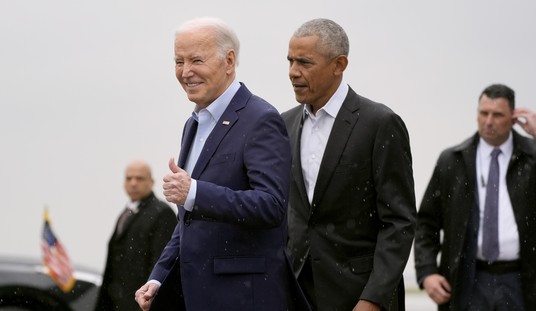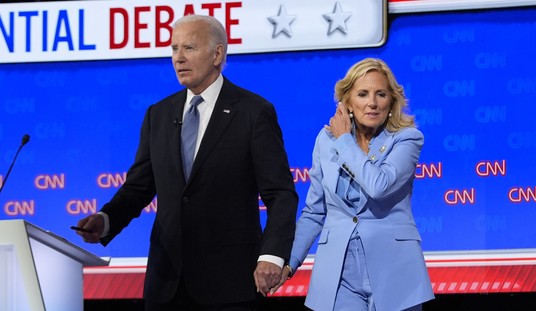WASHINGTON — The Air Force is banking on gradually increasing the level of pilot training in the years to come to recover from a pilot shortage, with the service hoping to be 95 percent manned by 2023.
Last November, Air Force Secretary Heather Wilson said that, after weathering a 1,500-pilot shortfall last summer, the problem has escalated to being 1,926 pilots short — or missing 1 in 10 of a force that’s supposed to have 20,000 pilots.
The biggest reason for the pilot shortage, she said then, “is that we are too small for all the missions that we’re being asked to carry out on behalf of the nation — and as a result, we’re burning out our people.”
Wilson told the Senate Armed Services Readiness and Management Support Subcommittee today that this past spring 50 airmen from around the world were tucked into the Pentagon basement for six weeks “to drill into the readiness challenges that we face: How do we measure readiness? How do we resource readiness? How can we recover readiness more quickly? And give us a plan to be able to implement.”
“The elements of readiness recovery are really fourfold. The first is people. Our end strength is now up to 685,000 because of the resources that you have given us. In 2016, the Air Force was 4,000 maintainers short. Today, we are 400 maintainers short. And by December, in the active duty service, we will be back to having closed the gap, and we ill no longer have a 4,000 maintainer shortage on active duty,” she told lawmakers. “Now, that means we have to season our young airmen and get them to be craftsmen at their work. But at least, now, we have enough people there to do the maintenance that needs to be done.”
Wilson said there’s a national shortage of air crew “and it affects the United States Air Force because we are so good at training people how to fly and the airlines know it.”
“We are focused on retention, and improving the quality of service and quality of life, but we are also focused on increasing pilot production,” she said. “In fiscal year ’17, the United States Air Force trained 1,160 pilots. By — in F.Y. ’19, we will train a little over 1,300 moving, by F.Y. ’22, to about 1,500 pilots. And we will stay at steady state at 1,500 thereafter.”
If the Air Force is able to train at that rate and improve retention, “we will recover the pilot shortage by 2023, where we will be 95 percent manned,” the USAF secretary predicted.
“We are also trying to scrub all of our requirements for aircrew so that we are not over-producing aircrew, and we have what we really think we need,” she added.
Wilson said the service strategy is also focused on “relevant and realistic” training.
“If we’re preparing for the high-end fight, we need to be able to provide time and places for our airmen to train in realistic situations. That means ranges, but it also means, what we call, virtual and constructive training. Sometimes, now, you can do more in simulation than you can do actually up in the air,” she said.
The Air Force is also trying to achieve “cost-effective maintenance and logistics” while dealing with “an old fleet with high operating tempo for the service.”
“I think this is going to take the most intense focus on recovery of readiness, is how are we going to make sure that our aircraft are ready to go and ready to fly tonight?” Wilson continued.
She also reported that the Air Force had been “depleting our munitions stockpiles in the fight against ISIS faster than we were replacing them,” but has been able to “significantly recover” thanks to congressional funding.









Join the conversation as a VIP Member